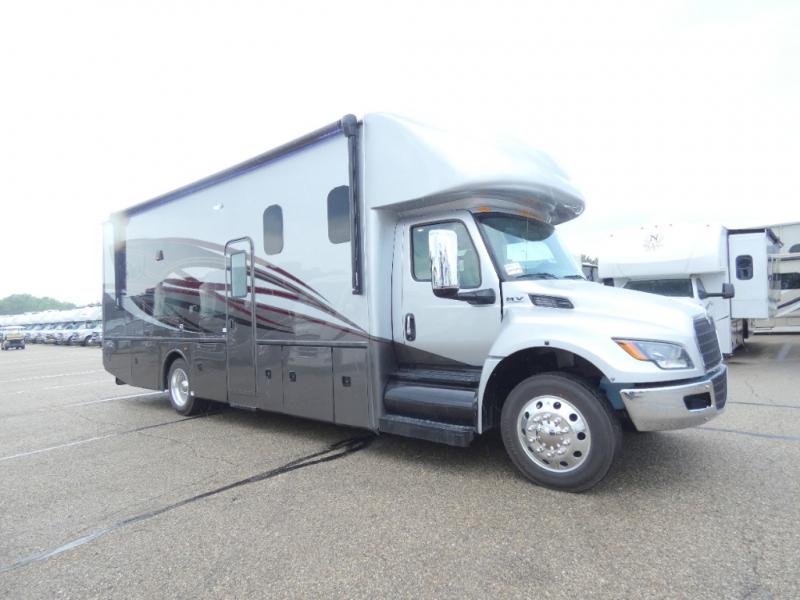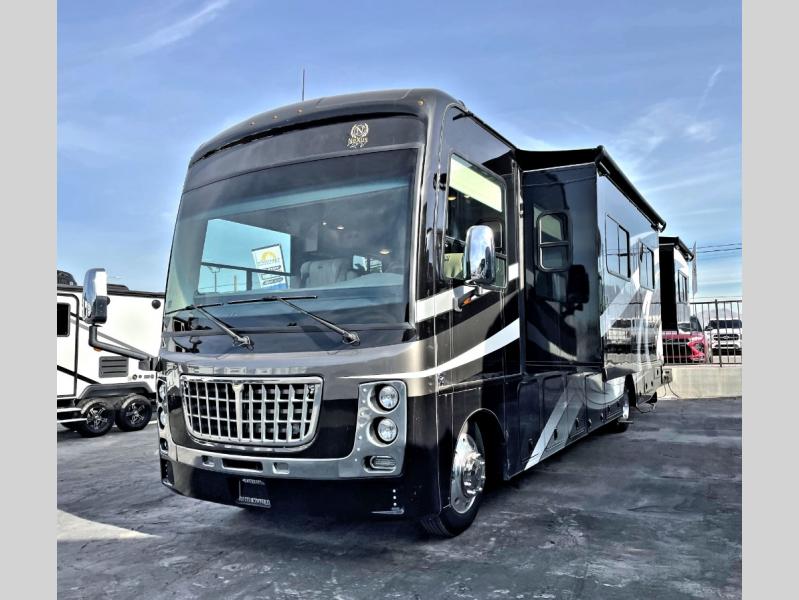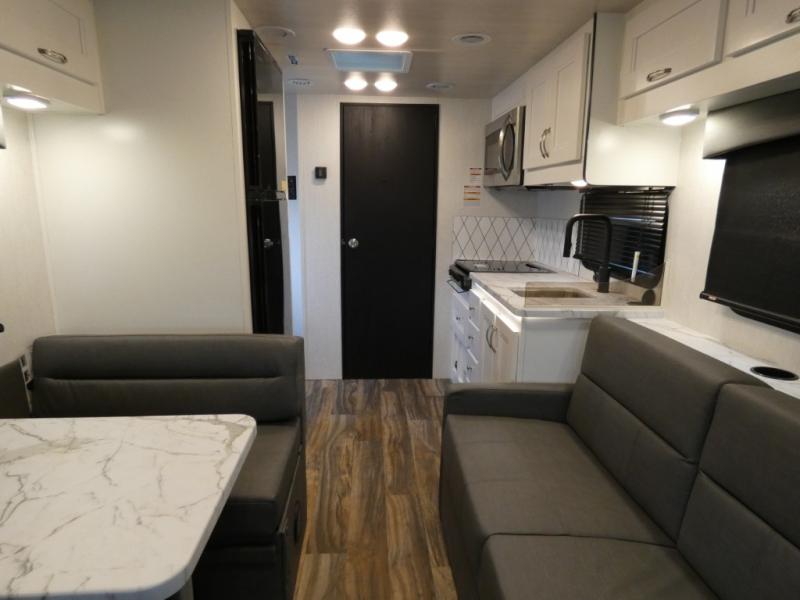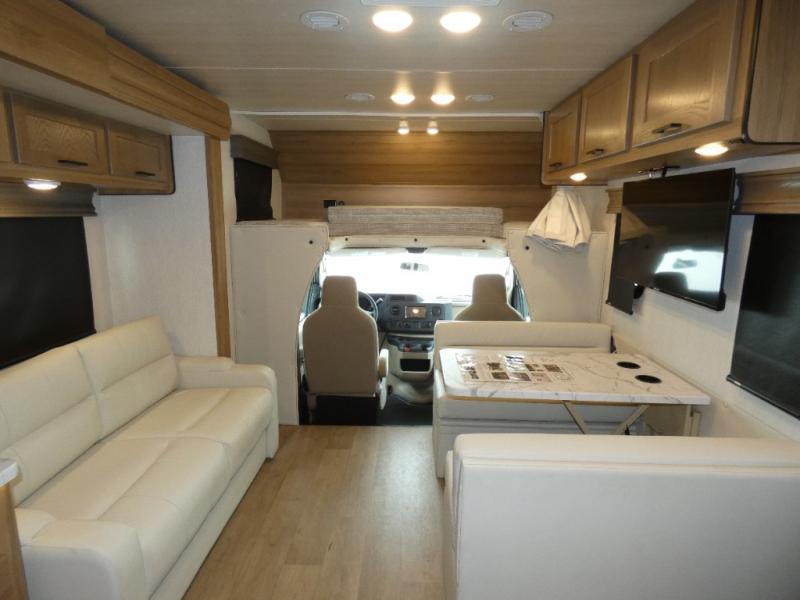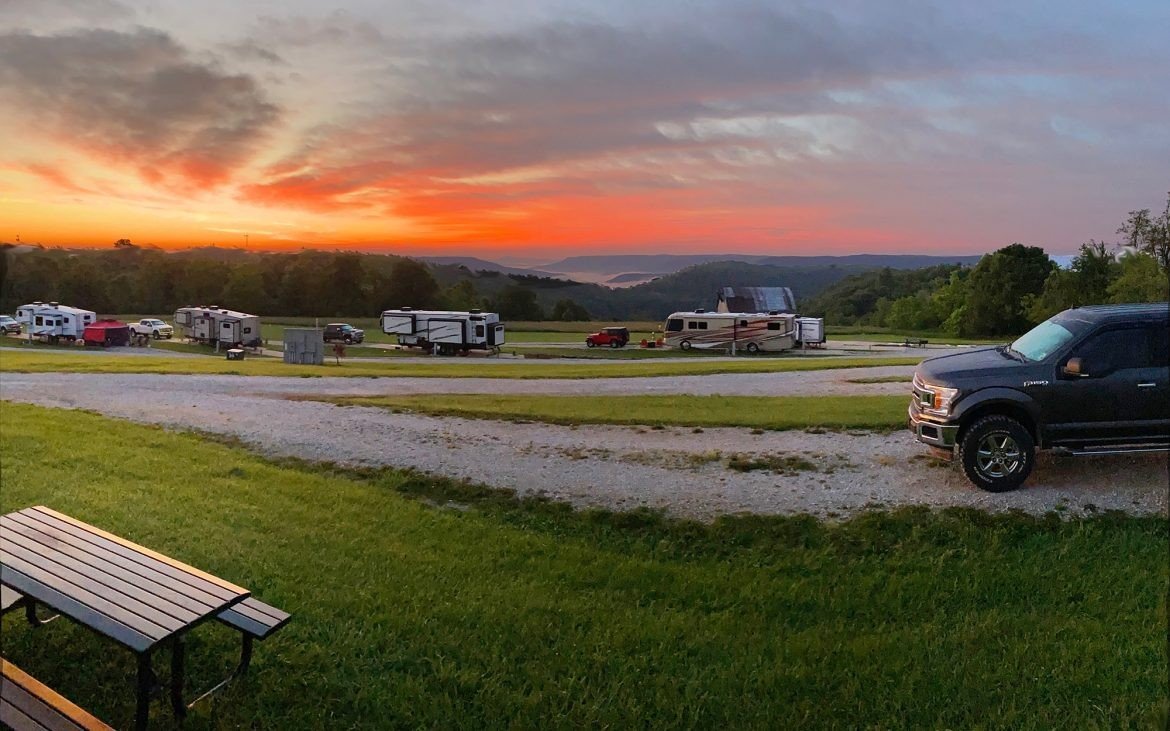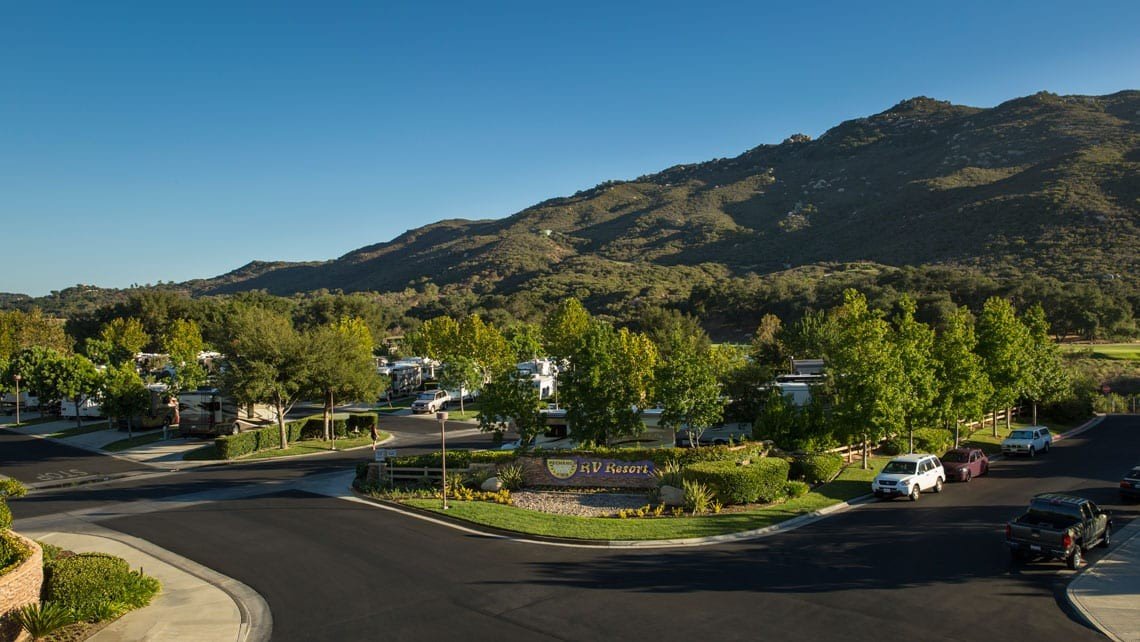2 minutes reading time (492 words)
RV camping in the United States offers a wide array of experiences due to the country's diverse landscapes and climates. Here are some of the best states for RV camping, each offering unique attractions and natural beauty:
Colorado: Known for its majestic Rocky Mountains, Colorado offers stunning scenery, great hiking trails, and outdoor activities year-round. Popular spots include Rocky Mountain National Park and Garden of the Gods.Utah: Home to five national parks (Zion, Bryce Canyon, Capitol Reef, Arches, and Canyonlands), Utah is a haven for RV campers. The state's dramatic red rock landscapes are a must-see.California: With its varied geography, California has something for every camper. From the beaches of Southern California to the redwoods of the north and the Sierra Nevada mountains, the state's natural diversity is unparalleled.Montana: Known as "Big Sky Country," Montana offers vast open landscapes, including Glacier National Park and parts of Yellowstone. It's ideal for those seeking solitude and unspoiled nature.Oregon: Oregon's rugged coastline, dense forests, and Cascade mountain range make it a fantastic destination for RV campers. Highlights include Crater Lake National Park and the scenic Oregon Coast.Alaska: For a more adventurous RV experience, Alaska's natural wilderness is unmatched. Visit Denali National Park, Kenai Fjords, or drive the famous Alaska Highway for a truly unique experience.Arizona: Perfect for winter camping due to its mild climate, Arizona is home to the Grand Canyon, Sedona's red rocks, and the Saguaro National Park.Florida: Offering warm weather year-round, Florida is great for beach lovers and those interested in visiting the Everglades or the Florida Keys. It's also home to several top-rated RV resorts.New Mexico: Known as the Land of Enchantment, New Mexico offers a blend of desert and mountain landscapes, rich Native American and Hispanic cultures, and unique sites like White Sands National Park.Wyoming: Home to Yellowstone and Grand Teton National Parks, Wyoming offers incredible wildlife viewing, geothermal features, and dramatic mountain landscapes.Michigan: With its Great Lakes shoreline, Michigan provides beautiful beachside camping opportunities. The Upper Peninsula is particularly popular for its natural beauty and outdoor activities.Tennessee: The Great Smoky Mountains National Park in Tennessee offers lush forests, diverse wildlife, and a rich cultural heritage, making it a great destination for RV campers.Texas: Offering a variety of landscapes, from the Gulf Coast to the Hill Country and Big Bend National Park, Texas is vast and diverse. It's also known for its state parks with excellent RV facilities.Maine: Known for Acadia National Park and its rugged coastline, Maine is perfect for those who enjoy seafood, ocean views, and a quieter camping experience.When planning an RV trip, consider the time of year, as some destinations are seasonal. Also, research campgrounds and RV parks in advance, especially in popular national parks, as they often require reservations. Each state offers its unique charm and attractions, making RV camping a great way to explore the natural beauty of the United States.
© 2023 WEnRV.com, a division of Outdoorsmen.com, Inc. Contact Us: 1 (888) 838-3396

